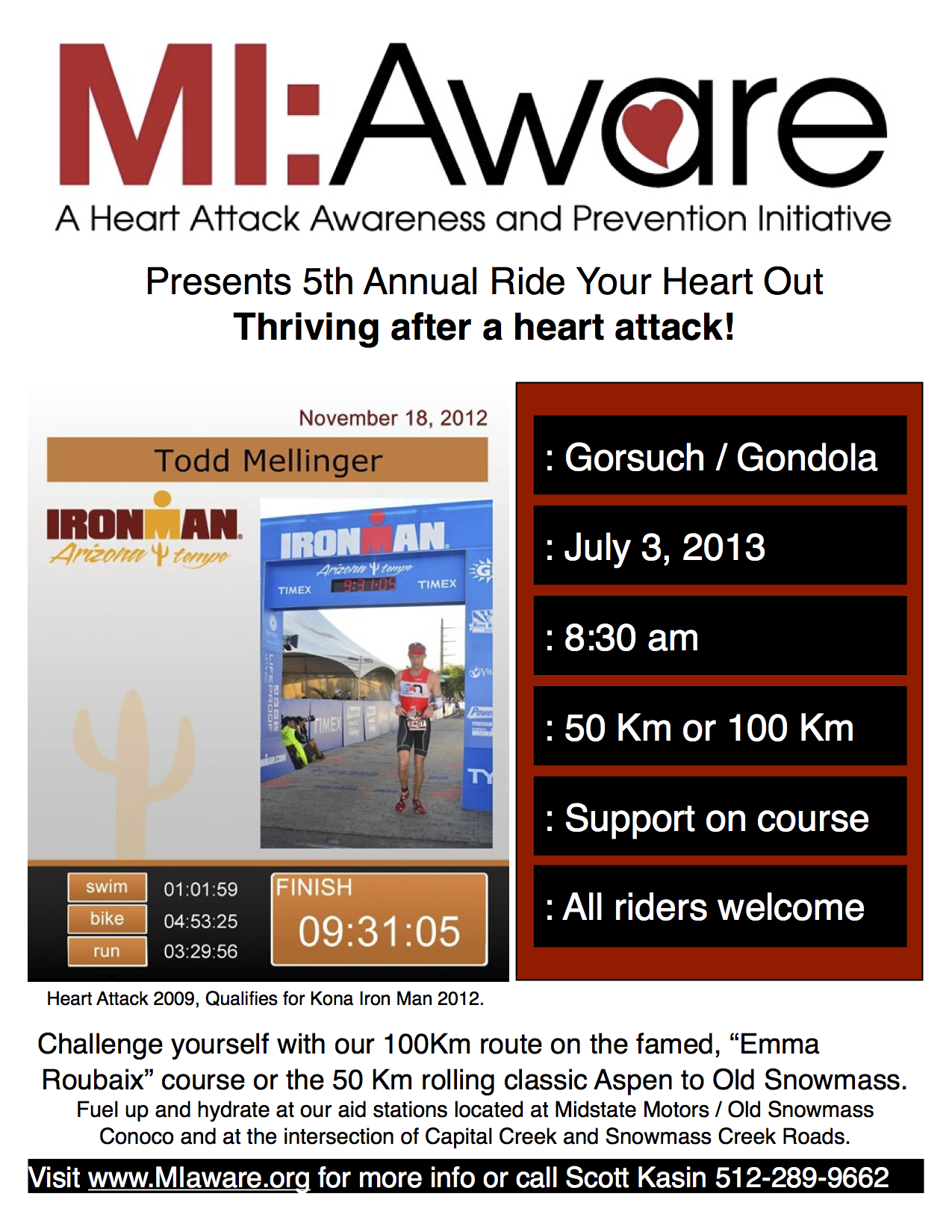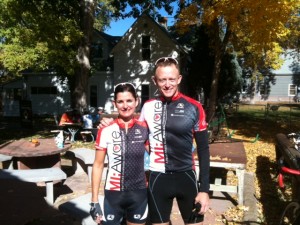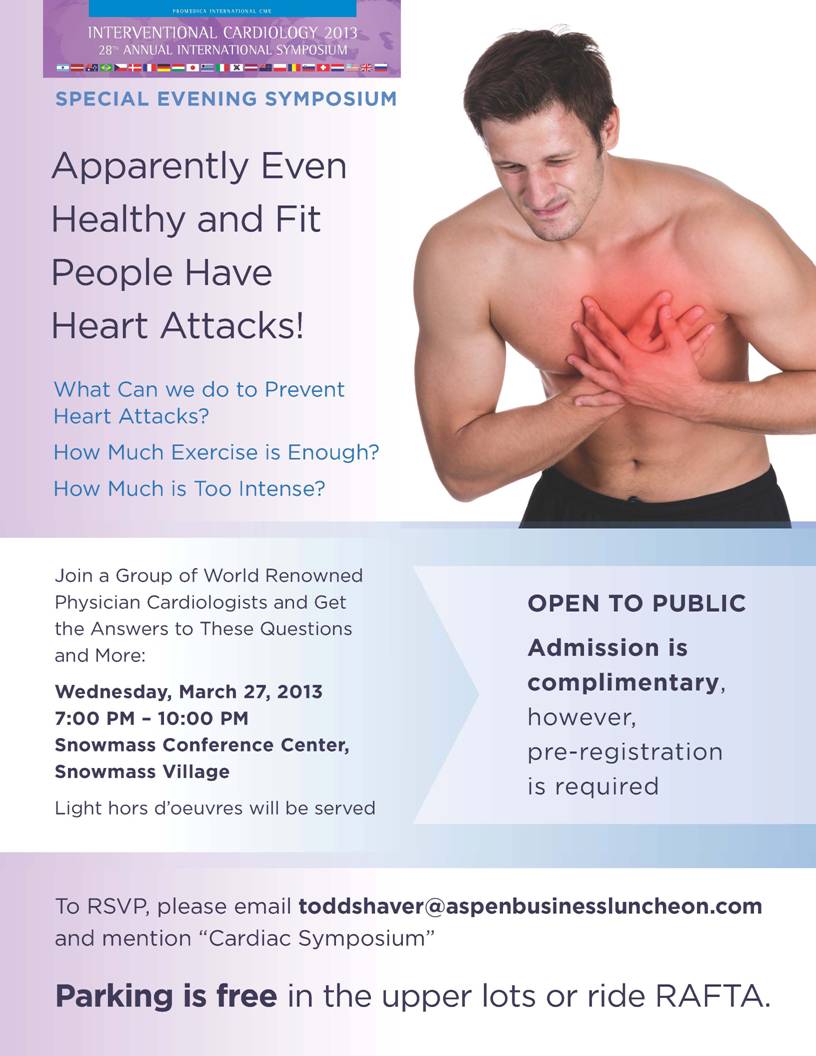CW: It’s settled–Long-term extreme endurance exercise is not heart healthy
JUNE 6, 2012
My inbox lit up this week with links to mainstream media reports that extreme exercise causes heart damage.
Sure enough, a group of US researchers published an exhaustively complete review article on the Potential Adverse Cardiovascular Effects from Excessive Endurance Exercise. (Full text available.) Though published in the modestly circulated journal, Mayo Clinic Proceedings, this article makes a serious impact.
Through this type of essay writing activities, students may learn about various concepts by getting in their basics. For instance, not every student will prefer The Scarlet Letter, even when you are expected to get through it. Students with learning disabilities are most likely to become frustrated if they’re not able to cope up with the remainder of the class. Click the ladybug alarm to seek out much more information concerning it.
In this post I will attempt to recap–in my language—why these authors have garnered significant attention in the mainstream media. As I go through the ten topics addressed in the paper, I’ll report the findings and add in a typical naysayer’s view.
(I apologize in advance—this is a longer post than I like to write.)
Some basics:
This paper offered absolutely no new data. It was a review article—a really terrific one, but still a review. In fact, many of the studies cited have been previously discussed on this blog. Why the media buzz then? Perhaps it was the power of putting all the evidence together (including 68 scientific references) in one paper? Perhaps it was just that Yahoo news published the paper? Perhaps its appeal has something to do with non-exercisers reveling in the exposure of chinks in the armor of the super-fit. Hubris has this effect.
The review article was split into ten sections. I’ll call them chapters.
Chapter 1: Regular moderate exercise is beneficial:
The authors start smartly. They begin by citing the many studies that document the long-term benefits of modest amounts of regular exercise. Two studies in particular show a U-shaped pattern of benefit: that is, to get maximal health benefits, one must exercise enough, but not too much. This Taiwan Study of more than 400,000 patients published in the Lancet nicely demonstrates a leveling off of benefit after one hour per day of exercise. I won’t spend much time here because this is so obvious.
Chapter 2: Sudden Cardiac Death and Endurance Exercise:
In this section, the authors cite the recent NEJM article on the safety of marathon running. As previously noted on this blog, the risk of suffering cardiac arrest in a marathon is extremely low (1 in 100,000), and not changed with the increasing numbers of marathon participants. Triathletes have double this risk, mostly because of an increase in deaths during the open-water swim (for obvious reasons.)
Chapter 3: Animal Studies:
It’s no surprise that the authors led with the famous and elegant Marathon Rat study. This powerful study is worth a review: Canadian researchers studied two groups of rats. One group ran like crazed ultra-marathoners and the other group remained sedentary. The running rats developed enlargement of all four chambers of the heart, abnormal heart stiffness, an increase in heart scar tissue and an enhanced susceptibility to dangerous heart rhythm problems. Ouch.
Of course, the skeptics counter that this was a rat study, and therefore might not apply to humans. So noted.
Chapter 4: The Athlete’s Heart:
The authors nicely summarize what an “athletic heart” means. Here is their thought process: Long-term endurance exercise, especially chronic aerobic exercise, induces adaptations in the heart, including increases in right and left ventricle volumes and wall thickness, increases in the overall mass of the heart, and enlargement of both atria. The striking thing about these adaptive changes is that when they occur in normal people, they are thought to confer a bad prognosis. Which is it then? Bad or good? The authors go on to cite four studies supporting the idea that ‘athletic’ changes may not be entirely benign. One study even notes enlargement of the heart can persist long after de-conditioning.
Naysayers look at these reports and rightly point out that they are non-randomized look back studies of small groups of extreme athletes. Noted again.
Chapter 5: Biomarker Evidence with Extreme Exercise:
At least five studies confirm that up to 50% of marathon finishers show elevated levels of cardiac enzymes. You know, the same chemicals released during a heart attack.
The authors use the rest of this section to speculate on the significance of exercise-induced enzyme rises. Using phrases like, “this may reflect myocardial cell damage at sites of myocyte slippage,” it’s easy for a reader to take notice. Does exercise cause such violent slipping of heart cells so as to spill enzymes? For a blogger who has been on many a long run or ride, these are scary words.
To the authors’ credit, they admit to not knowing the significance of elevated enzymes post stressful exercise. Good for them.
Chapter 6: Extreme exercise and adverse structural remodeling of the heart:
This section details the scariest aspects of long-term exercise. Extreme exercisers might want to skip over the upcoming paragraphs.
Two important reminders: the human heart does not regenerate itself—scar remains scar—and, you only have one heart.
The authors set the tone well by telling us that intense exercise can increase the cardiac output from 5 liters per minute at rest to up to 25 liters per minute during exercise. Think about that for a minute—pumping 25 liters of blood per minute for a 12-hour Ironman! (Sorry for the hyperbole.)
Let’s look at a few of the studies that were reviewed. As I wrote about previously, this Australian study examined the immediate damage to the heart (particularly the right ventricle) after major endurance events. The sobering report had three major findings: 1) Athletes finishing major endurance tests had elevations of heart enzymes, and the amount of leak paralleled dysfunction of the right ventricle. 2) Longer duration events predicted more right ventricular muscle weakness. 3) Scar was seen on MRI scans in 12.5% of athletes and was more likely to occur in longer events. The conclusion here was that extreme exercise can induce right ventricular abnormalities while largely sparing the LV. The only shred of good news was that in most (but not all) cases, the damage was transient.
Further implicating the right ventricle’s susceptibility, the review paper highlighted a study demonstrating a strong relationship between abnormal right ventricles seen on MRI scans with the presence of ventricular rhythm problems. More than half of athletes with ventricular rhythm issues had RV scarring.
Unfortunately, RV scarring is not the only exercise-induced structural change of the heart. Take this German study of 100 experienced marathoners that were compared with regular age-matched controls. Patchy scarring (on MRI scans) of the heart were seen in 12% of runners—three-fold more often than non-runners. The kicker here was that over 2 years of follow-up, marathoners had more coronary events than non-runners. Again, the review paper cites numerous other similar studies.
Skeptics will continue to emphasize the fact that these studies are small and non-randomized. Okay, I hear that. But the evidence is mounting.
Chapter 7: Extreme exercise and changes in the coronary arteries:
This section focuses on the well-established finding that marathon running increases the likelihood of having calcium deposits in the coronary arteries. It goes without saying that coronary arteries fare better when not hardened and stiffened by the presence of calcium. Most damning is this German study of marathon runners: not only did the runners have more calcium in their coronaries, but most remarkably, the supposedly extra-healthy runners experienced the same frequency of heart attacks as a group of patients with known heart disease! A similar study was presented at the ACC meeting in 2010, and was covered in this piece on theHeart.org.
Again, the counter argument centers on the lack of comparative studies done over the long-term.
Chapter 8: The Pathophysiology of extreme exercise:
Pathophysiology is medical speak for abnormal adaptations that occur with long-term exercise. In this section, the authors mostly speculate that extreme exercise causes heart damage by inducing excess inflammation. A few studies confirm the presence of high levels of chemical markers of inflammation in extreme exercisers. There’s not much else to say here other than many studies implicate excess inflammation as the mediator of heart damage from excess exercise.
Chapter Nine: Extreme exercise and electrical abnormalities:
I’ll keep it succinct. The data speak for itself. Long-term exercise results in a five-fold increase in the risk of developing atrial fibrillation. The authors cite twelve papers supporting this obvious truth.
AF isn’t the only arrhythmia seen in the super-fit. As supported by five studies, ventricular arrhythmias occur commonly in endurance athletes. It’s worth recalling the marathon rat study, which showed a greater susceptibility to arrhythmia induction in the running rats.
I witness these findings nearly every day. Skeptics can deny the association of excess exercise with arrhythmias–but they would be wrong.
Chapter 10: Risk assessment:
We simply do not have cost-feasible means to identify those exercisers who either suffer heart damage or are at risk of damage.
One potentially promising strategy might involve doing coronary calcium CT scans in highly selected marathon runners. I hesitate writing that last sentence because it’s pure speculation, formed in my head by a couple of tragic cases of marathon runners who suffered heart attacks and at cath were found to have rock hard coronary arteries.
The Mandrola take home:
Step back and look at the big picture here. When you lay out all ten chapters on a canvas, the picture takes shape. Your conclusion should be the same as the authors:
In some individuals, extreme exercise causes severe heart abnormalities.
Many questions remain. The dose of exercise that causes damage is unknown, as is an individual’s susceptibility to varying training loads. We don’t know the ideal exercise regimen, or if there is one. I know what is too little exercise; I know what is too much; but there’s a large space in between.
I’ll finish with the obvious…
Just like everything else in life, even exercise has an upper limit.
JMM
Email
Facebook
Share
Related posts:
CW: More bad news for the (extreme) endurance exerciser
CW: Believing the future will be better…is heart-healthy?
CW: Is the Ironman triathlon heart-healthy?
CW: That exercise has an upper limit makes perfect sense





